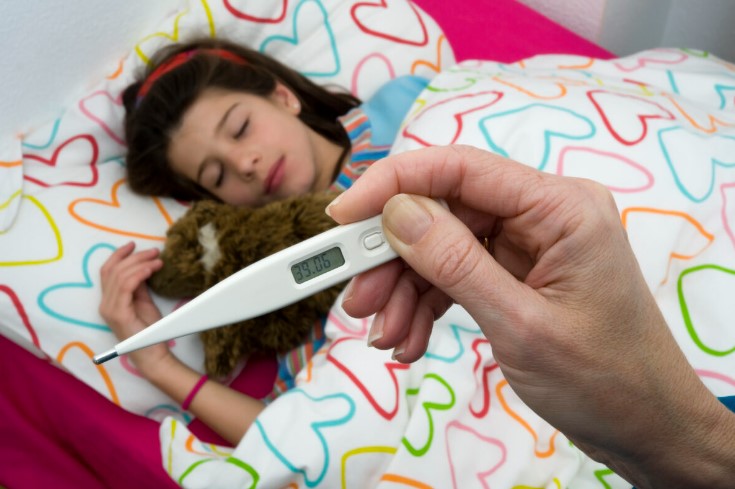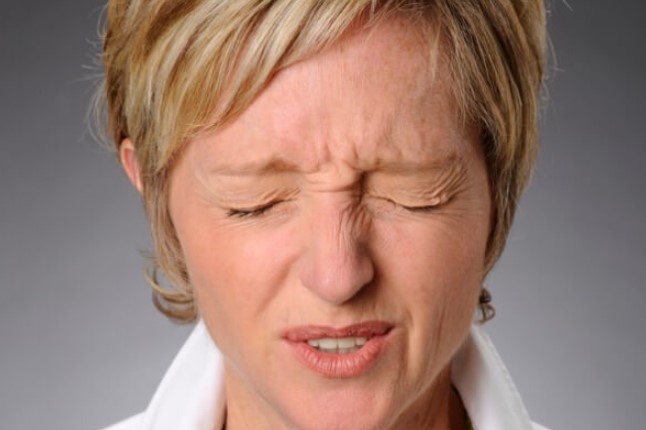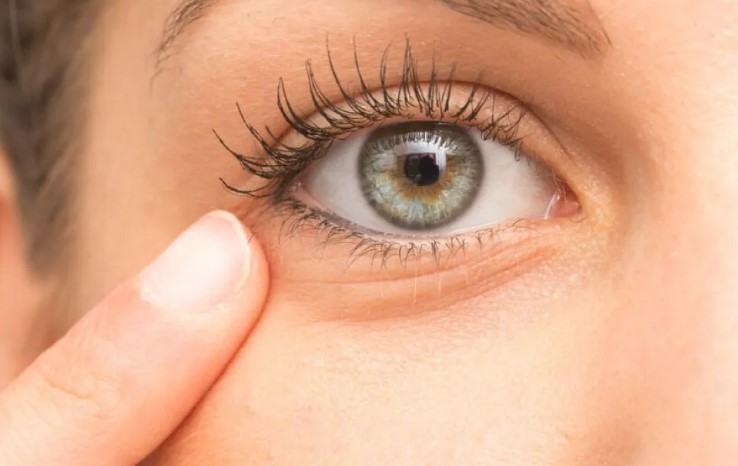
Chilblains: Understanding, Preventing, and Treating This Winter Ailment
Introduction
Winter is a season many people eagerly anticipate, with its cozy firesides and festive holidays. However, for some, it brings an unwelcome visitor: chilblains. These small, itchy swellings on the skin, caused by cold weather, can be more than just a nuisance. Understanding what chilblains are, how to prevent them, and the best ways to treat them can make the cold months much more bearable.
What are Chilblains?
Chilblains, also known as pernio, are painful inflammation of small blood vessels in your skin that occur in response to sudden warming from cold temperatures. They can cause itching, red patches, swelling, and blistering on your fingers, toes, ears, and nose. Although they usually heal on their own after a few weeks, they can lead to complications if not managed properly.
What Causes Chilblains?
Temperature Fluctuations
The primary cause of chilblains is exposure to cold weather, particularly sudden changes from cold to warm temperatures. When the skin is exposed to cold, the blood vessels constrict. Rapid warming can cause these vessels to expand more quickly than nearby smaller vessels can handle, leading to a bottleneck effect and resulting in leakage of blood into the surrounding tissues.
Blood Vessel Response
Some people have an abnormal response to cold weather that makes them more susceptible to developing chilblains. This abnormal response can be due to poor blood circulation or a hypersensitivity to changes in temperature.
Other Contributing Factors
Additional factors contributing to chilblains include:
- Low body weight: Individuals with low body fat have less natural insulation against cold.
- Nutritional deficiencies: Lack of essential vitamins and minerals can impair the body’s response to cold.
- Certain medications: Some drugs that affect blood circulation can increase the risk of developing chilblains.
Symptoms of Chilblains
Common Signs
The hallmark signs of chilblains include:
- Small, itchy red areas on the skin, typically on the toes, fingers, ears, and nose.
- Swelling and potential blistering in severe cases.
- Burning sensation and changes in skin color, such as red to blue.
Areas Affected
Chilblains typically appear on extremities, which are the parts of the body most exposed to cold and less protected by natural insulation. This includes fingers, toes, ears, and the nose.
When to Seek Medical Attention
While chilblains often resolve on their own, medical attention should be sought if:
- Symptoms persist for several weeks without improvement.
- There are signs of infection, such as increased pain, pus, or swelling.
- Chilblains occur frequently or are unusually severe, which could indicate an underlying condition.
Who is at Risk?
High-Risk Groups
Certain groups are more susceptible to chilblains, including:
- Women: Hormonal differences may play a role.
- Children and elderly: These age groups often have poorer circulation.
- People living in damp, cold climates: Constant exposure to such environments increases risk.
Underlying Health Conditions
Conditions such as lupus, Raynaud’s disease, and poor blood circulation can predispose individuals to chilblains.
Lifestyle Factors
Lifestyle choices, such as smoking and prolonged exposure to cold without proper protection, can also increase the risk.
How to Prevent Chilblains
Dress Appropriately
Wearing warm, layered clothing and ensuring that extremities are well-covered can help maintain body temperature and prevent chilblains.
Maintain Warmth Indoors
Keeping your living space warm, especially during the night, can help prevent sudden drops in temperature that contribute to chilblains.
Proper Footwear
Wearing well-fitting, insulated footwear can protect your feet from cold and damp conditions, significantly reducing the risk of chilblains.
Home Remedies for Chilblains
Natural Treatments
Simple home remedies can alleviate symptoms, such as:
- Warm Soaks: Soaking affected areas in warm (not hot) water can reduce inflammation.
- Aloe Vera Gel: Applying aloe vera can soothe the skin and promote healing.
- Gentle Massage: Stimulating blood flow through gentle massage can provide relief.
Over-the-Counter Solutions
Over-the-counter creams and lotions containing corticosteroids can reduce itching and swelling. Pain relievers like ibuprofen can also help manage discomfort.
When to Consult a Professional
If home treatments are ineffective, or if symptoms worsen, consulting a healthcare professional is essential for proper diagnosis and treatment.
Medical Treatments for Chilblains
Topical Medications
Prescription-strength corticosteroid creams can effectively reduce inflammation and itching.
Oral Medications
In severe cases, medications that improve blood flow, such as nifedipine, may be prescribed.
Professional Medical Procedures
In rare instances, if chilblains lead to severe complications, more intensive medical interventions may be necessary.
Chilblains vs. Frostbite
Key Differences
While both conditions result from cold exposure, frostbite is more severe and involves the freezing of skin and underlying tissues, whereas chilblains result from a rapid change in temperature affecting blood vessels.
Symptoms Comparison
Frostbite symptoms include numbness, hard or waxy-looking skin, and blisters, while chilblains involve itching, redness, and swelling without actual freezing of the skin.
Treatment Variations
Frostbite requires immediate medical attention, often involving rewarming in a controlled environment and potential surgical intervention, while chilblains can often be managed with home care and topical treatments.
Chilblains and Raynaud’s Phenomenon
Understanding Raynaud’s
Raynaud’s phenomenon involves episodes of reduced blood flow to extremities, triggered by cold or stress, leading to color changes, numbness, and pain.
How it Relates to Chilblains
Individuals with Raynaud’s are more susceptible to chilblains due to their heightened sensitivity to cold.
Managing Both Conditions
Managing both conditions involves keeping warm, avoiding rapid temperature changes, and possibly using medications that improve blood circulation.
Impact of Chilblains on Daily Life
Physical Discomfort
The itching, pain, and swelling associated with chilblains can interfere with daily activities and comfort.
Psychological Effects
Chronic chilblains can lead to anxiety about cold exposure and impact overall well-being.
Coping Strategies
Using preventive measures, maintaining a warm environment, and seeking appropriate treatment can help manage the impact of chilblains.
Chilblains in Children
Symptoms in Young People
Children may exhibit redness, swelling, and itching, often on the toes and fingers.
Special Considerations
Children’s skin is more sensitive, and they may not recognize or communicate their symptoms effectively.
Prevention Tips for Kids
Ensuring children wear warm clothing, limiting their exposure to cold, and teaching them to recognize symptoms can help prevent chilblains.
Seasonal Trends in Chilblains
Winter Incidence Rates
Chilblains are most common in winter due to the cold weather and fluctuating temperatures.
Geographic Variations
Regions with damp, cold climates have higher incidences of chilblains compared to dry, cold areas.
Climate Impact
Global climate patterns and seasonal variations play a significant role in the prevalence of chilblains.
Chilblains Myths and Facts
Common Misconceptions
Misconceptions include the belief that chilblains are caused solely by poor hygiene or that they only affect the elderly.
The Truth About Chilblains
Chilblains are a medical condition resulting from temperature changes and can affect individuals of all ages and hygiene levels.
Educating Yourself
Understanding the true causes and treatments of chilblains can help prevent and manage this condition effectively.
Future Research on Chilblains
Current Studies
Ongoing research aims to better understand the underlying mechanisms and effective treatments for chilblains.
Potential Advances in Treatment
New treatments, including improved medications and preventative strategies, are being explored to provide better outcomes for sufferers.
The Importance of Ongoing Research
Continued research is crucial for developing more effective ways to prevent and treat chilblains, improving quality of life for those affected.
Conclusion
Chilblains, while often a minor inconvenience, can significantly impact those who suffer from them. Understanding their causes, recognizing symptoms, and knowing how to prevent and treat them can make a big difference. By staying informed and taking proactive steps, you can reduce the risk and manage the discomfort associated with chilblains, ensuring a more comfortable and enjoyable winter season.
FAQs
Can Chilblains be completely cured?
Chilblains can be managed and symptoms alleviated, but those prone to them may experience recurrent episodes, particularly in cold weather.
Are there specific foods that can help prevent chilblains?
A balanced diet rich in vitamins and minerals, particularly Vitamin D and antioxidants, can support overall skin health and circulation, potentially reducing the risk.
How long do chilblains typically last?
Chilblains usually resolve within one to three weeks with appropriate care. Severe cases may take longer and require medical treatment.
Can stress trigger chilblains?
While stress itself doesn’t cause chilblains, it can exacerbate conditions like Raynaud’s that increase susceptibility to chilblains.
Is it safe to exercise with chilblains?
Moderate exercise can improve circulation and help prevent chilblains. However, ensure affected areas are protected from the cold and avoid intense workouts that might exacerbate symptoms.
Childhood Illnesses
You May Also Like

How to Treat a Fever: Comprehensive Guide and FAQs
August 5, 2023
Understanding Blepharospasm: Causes, Symptoms, and Treatment
November 1, 2024